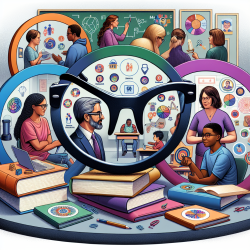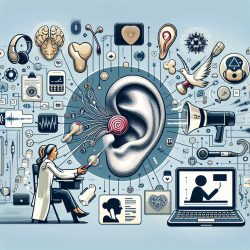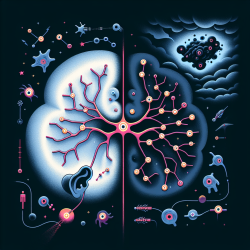Introduction
In the realm of orthognathic surgery, the fusion of art and technology is not just an innovation but a necessity. This is particularly true when addressing dentoskeletal deformities. Simonas Grybauskas, a renowned oral and maxillofacial surgeon, has been at the forefront of integrating these elements to achieve excellence in surgical outcomes. His insights, as captured in a recent interview, provide invaluable guidance for practitioners aiming to enhance their skills and embrace the future of surgical planning.
The Art and Science of Orthognathic Surgery
Grybauskas emphasizes the importance of balancing technology with the artistic aspect of surgery. He believes that while technology provides the tools, the artistic sense of the surgeon is crucial in achieving the ideal facial aesthetics. This balance is essential for understanding the three-dimensional movements of the jaws, teeth, and soft tissues.
Virtual Surgical Planning: A Game Changer
One of the key takeaways from Grybauskas's insights is the revolutionary impact of virtual surgical planning. This technology allows for a detailed analysis of dental arches and their relationship with skeletal structures. Grybauskas suggests that surgeons should create a virtual setup of decompensated dentition, which can then guide orthodontists in choosing the best treatment path. This approach not only enhances precision but also reduces the time required for achieving optimal results.
Common Mistakes and How to Avoid Them
Grybauskas identifies several common pitfalls in presurgical orthodontic preparation, particularly in cases of severe dentoskeletal asymmetries. He stresses the importance of aligning dental midlines with skeletal midlines and regulating molar torque. These steps are crucial for ensuring that the dental arches are concentric with the skeletal bases, thereby facilitating smoother surgical procedures and better outcomes.
Embracing Technology: The Path Forward
For practitioners looking to improve their skills, Grybauskas's insights serve as a call to embrace digital advancements. He encourages further research into the use of temporary anchorage devices (TADs) and patient management systems that facilitate seamless communication between surgeons, orthodontists, and patients. These technologies not only enhance surgical precision but also improve patient satisfaction by streamlining the treatment process.
Conclusion
Simonas Grybauskas's interview offers a wealth of knowledge for practitioners eager to refine their skills in orthognathic surgery. By integrating technology with an artistic approach, surgeons can achieve superior results and set new standards in the field. For those interested in delving deeper into Grybauskas's methodologies, further exploration of his work is highly recommended.
To read the original research paper, please follow this link: An interview with Simonas Grybauskas










